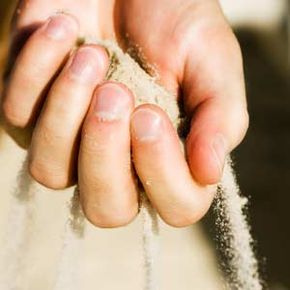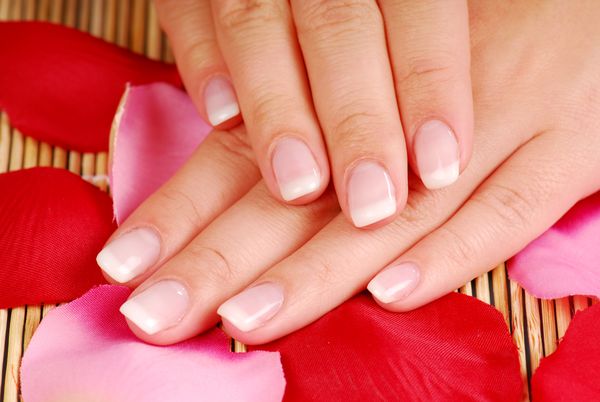You may have given your fingernails little thought over the years. You know they grow, they break, and they can come in handy for tasks like peeling an orange or removing the protective plastic from a bottle or jar. If you get or give yourself manicures, you may also rely on your nails as an accessory. But beyond this, what function do fingernails serve? Why exactly do we have them?
It turns out that just why we have fingernails is a matter of some debate. The generally accepted reason is that we have nails to protect the tips of our fingers and toes. Fingernails also help us to manipulate small objects. And we all know how useful they are for scratching [source: Encyclopædia Britannica]. However, some scientists argue that without fingernails, the tips of our fingers and toes would have genetically developed to become less sensitive.
Advertisement
By the 20th century, fingernails seemed to be a way to represent status and reflect cultural trends. Sociologists and fashion historians believe that in some decades, such as the 1980s -- when everything was bigger, longer and more sparkly -- long nails represented wealth and leisure, just as a century before, pale skin symbolized not having to toil outdoors. In later decades, as fashion trends began to shift toward a cleaner look, nail trends followed, popularizing the current shorter, well-manicured look [source: Vantoch].
Setting arguments of science aside, fingernails appear to be around for the long haul, and because they are a part of you, they deserve as much care as you give to your skin or your hair. You should also pay attention to your fingernails because changes in fingernail health can function as an early indicator of certain medical problems. A good place to start in understanding how fingernails work is to look at what they're made of -- keep reading to find out.


